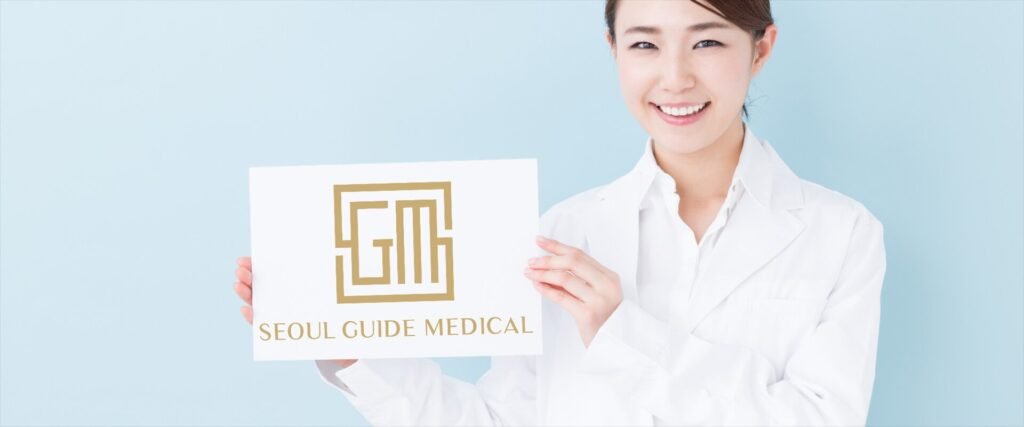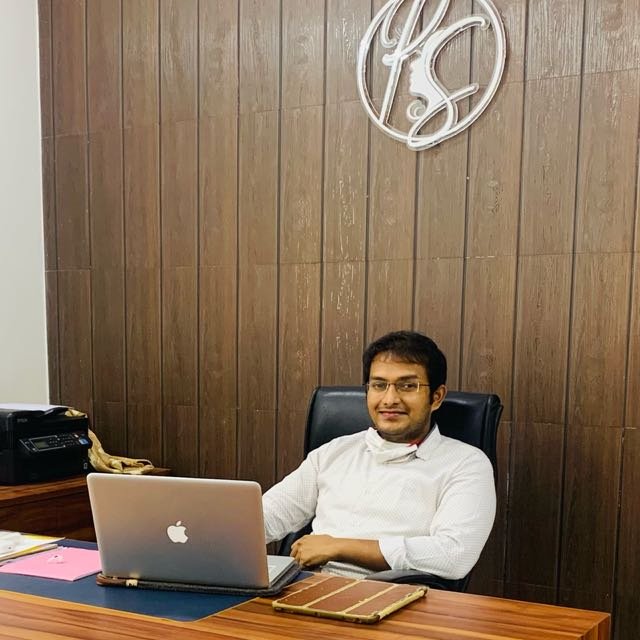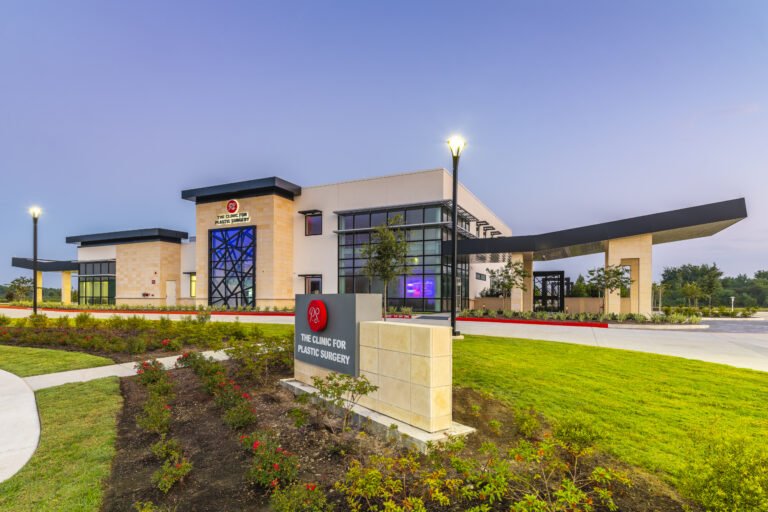Choosing the right surgeon is the most critical step in ensuring a successful and natural-looking SMAS facelift. South Korea is renowned for facial rejuvenation procedures—but how do you find your perfect fit among the many skilled professionals?
In this guide, we’ll walk you through:
- The SMAS facelift: why it’s unique
- Qualities of a top Korean facelift surgeon
- Red flags to avoid
- How to vet clinics as an international patient
🧬 What Is an SMAS Facelift?
The SMAS (Superficial Musculoaponeurotic System) facelift is more than just skin-deep. It tightens the deeper muscle layers beneath the skin to lift:
- Drooping cheeks
- Sagging jawline
- Loose neck skin
This technique offers longer-lasting, natural results compared to a skin-only facelift.
🗒️ Because this method works with deeper tissues, it requires an experienced, highly trained facial plastic surgeon.
✅ 1. Look for a Board-Certified Facial Plastic Surgeon
Not all plastic surgeons specialize in the face. For optimal SMAS facelift results in Korea, prioritize surgeons with:
- Korean Board of Plastic Surgery (KBPS) certification
- Specialization in facial plastic surgery (not just general cosmetic work)
- Proven experience with SMAS and deep tissue techniques
Tip: Look for surgeons who are members of international societies such as:
- ISAPS (International Society of Aesthetic Plastic Surgery)
- KSPRS (Korean Society of Plastic and Reconstructive Surgeons)
🖼️ 2. Review Before-and-After Photos
Always ask to see facelift case studies, especially for patients:
- In your age group
- With a similar facial structure or ethnicity
- Who had a similar severity of aging or skin condition
Look for:
- Consistent improvements without distortion
- Natural jawline and cheek contours
- Absence of a “pulled” or “windblown” appearance
📸 Reputable clinics in Korea will provide photo galleries (often during private consultations for privacy reasons).
🌐 3. Book a Virtual Consultation
Most top clinics offer Zoom or WhatsApp consultations for international patients.
Come prepared with questions like:
- How many SMAS facelifts have you performed in the last year?
- How do you customize the facelift for Asian vs. Western facial anatomy?
- What is your revision rate?
- Can I see before-and-after photos of similar patients?
📋 Pro tip: Take note of the surgeon’s communication style, transparency, and willingness to address your concerns. It’s a strong indicator of what your experience will be like post-surgery.
🏥 4. Visit Accredited Clinics in Korea
Top-tier facelift surgeons in Korea usually work at facilities that are:
- KAHF-certified (Korean Accreditation Program for Hospitals Serving Foreign Patients)
- Located in Gangnam, Apgujeong, or Sinsa—medical tourism hubs known for elite care
- Equipped with 3D imaging, general anesthesia units, and overnight recovery rooms
Popular Clinics for SMAS Facelift in Korea:
- Banobagi Plastic Surgery
- Regen Medical Group
- View Plastic Surgery
- Dream Medical Group
Always check for multilingual support and follow-up care for overseas patients.
⚠️ 5. Red Flags to Avoid
🚩 Prices that seem too low (below market average)
🚩 No photo evidence of past SMAS facelift cases
🚩 Clinics pushing combined procedures without proper evaluation
🚩 Surgeons who delegate most of the consultation to staff or don’t appear in person
Korea is known for affordability compared to Western countries, but quality facelift surgery should never be “cheap.”
🔁 6. Ask About Long-Term Results and Maintenance
Top surgeons will educate you on:
- How long results will last (typically 7–10 years)
- Post-op care like laser maintenance, lymphatic massage, or PRP therapy
- Realistic expectations regarding healing, swelling, and scar placement
✈️ 7. Consider the Travel & Recovery Plan
Ask your clinic:
- Do they offer airport pickup or medical interpreters?
- Are there nearby hotels or recovery homes?
- How do they handle complications after you return home?
A great surgeon is backed by a comprehensive care team who understands the needs of medical tourists.



